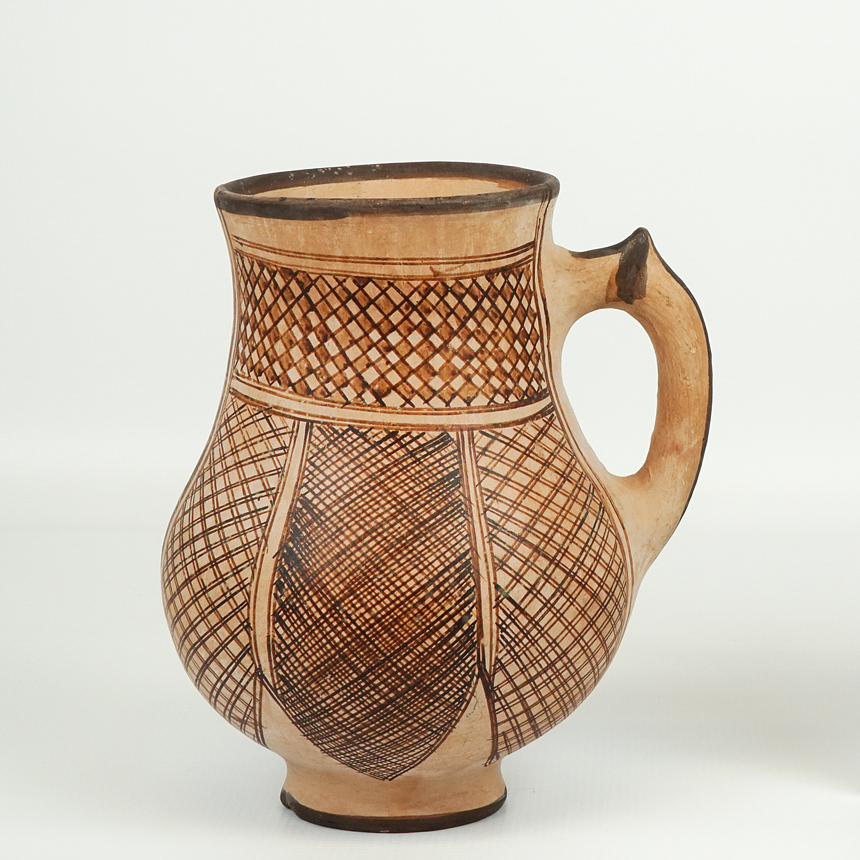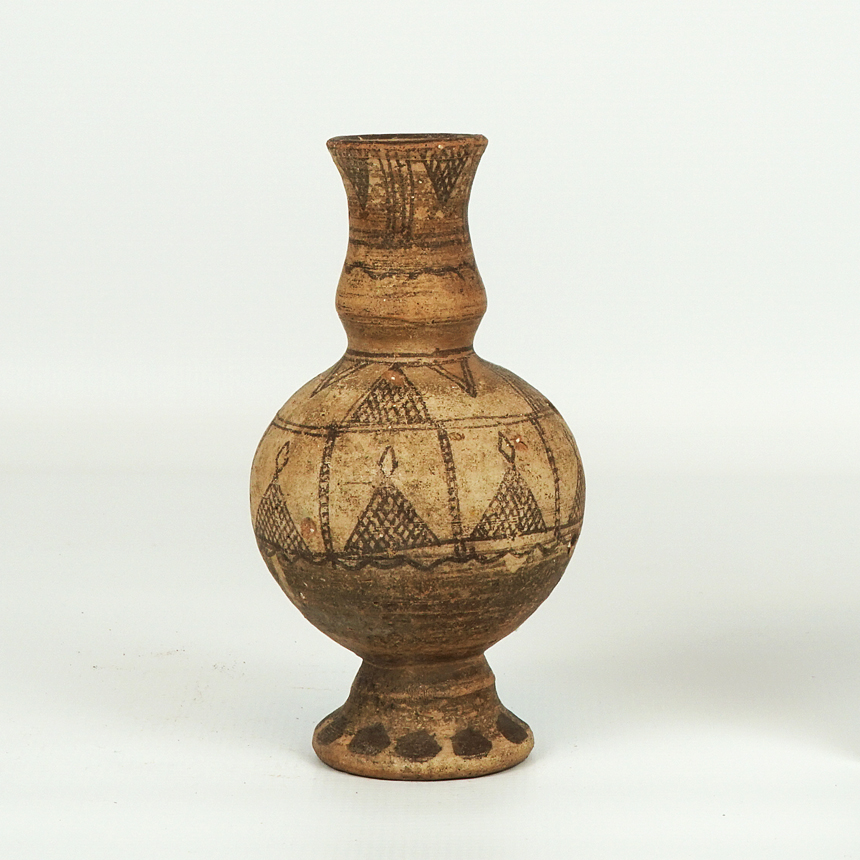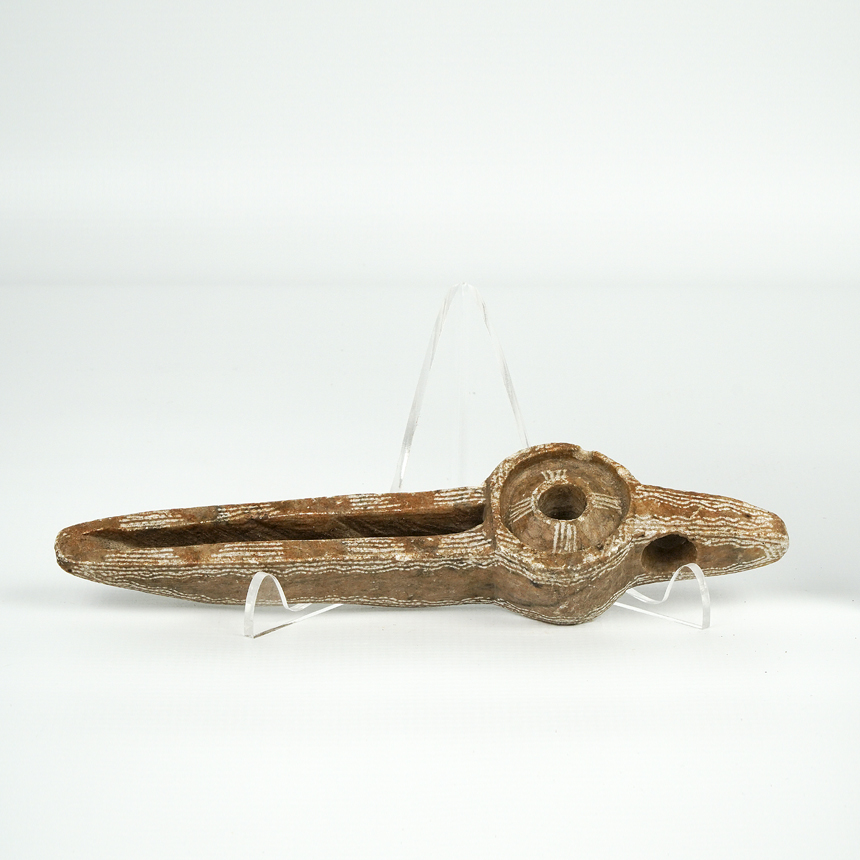The ceramics of the Kabyles
Although the Kabyle people (which call themselves ‘Leqbayel’) are included among the Berbers, they are a clearly distinguished national group that has lived in mountain areas in today's north-eastern Algeria and the border areas of Tunisia probably since the Neolithic times and which also forms a diaspora in France. They are engaged in agriculture and crafts, in which pottery occupied a special place.
The pottery of the Kabyles is characterized by beauty and the perfect execution of patterns. It can please the eye of the most demanding aesthetes, which is why it is very popular with Western collectors (same as their silver jewelry). Most of all, however, it is distinguished by the original way of decorating in which it uses and transforms antique patterns.
It is represented by candlesticks, jugs, bowls, vases as well as other utensils for utility and decorative purposes. All of them are colored with a colored glaze, and then fired, and additionally covered with a thin layer of glaze. Regardless of the purpose of the item, three colors were always used: yellow, red, and black. These colors created a geometric, precise pattern, being a characteristic hallmark of the Kabyles pottery products.
Making ceramics is the domain of women who pass on the secrets of geometric decorations from generation to generation. Not only ceramic dishes or figurines, but even the walls of houses are decorated with those patterns. They are also embroidered on clothes (e.g. kaftans, scarves, or Barbarian coats called ‘burnouses’), and the colors of fabrics vary depending on the village.
We could risk the claim that the pottery of the Kabyle people is an essential element of their identity. The Kabyles living in Paris are very eager to talk about their ceramics as something very characteristic of their country. They proudly talk about the beauty of their ceramics and can easily mention the most important pottery centers in Kabylia. For the Kabyles, their pottery is as important as the Herati Glass is for the Afghans.
----------------------------------------------------------------------------
The purchase is co-financed by the Ministry of Culture, National Heritage and Sport as part of the National Institute of Museums and Collections' own program "Expansion of museum collections".
Object signatures: MŻo / A / 3967 - MŻo / A / 3977










